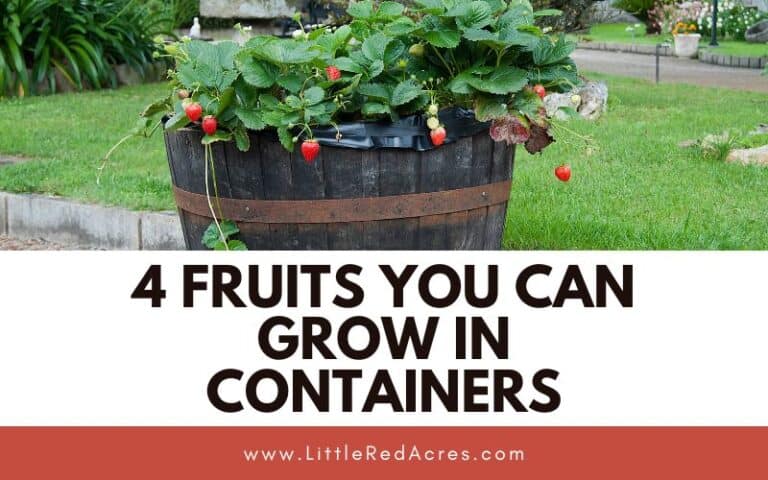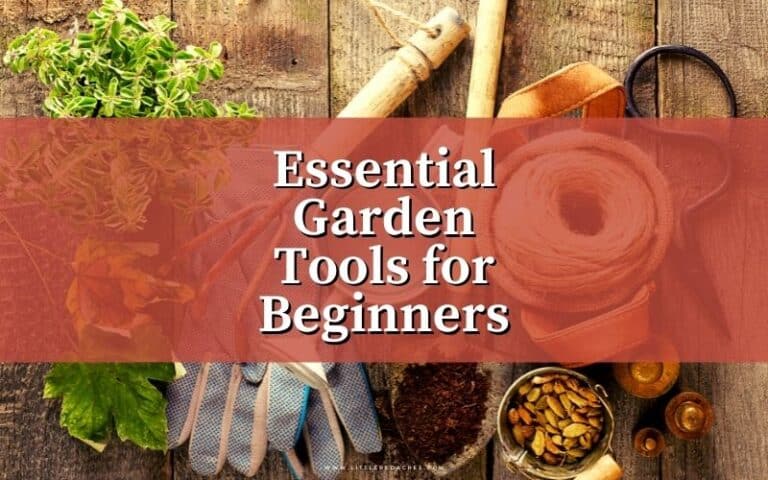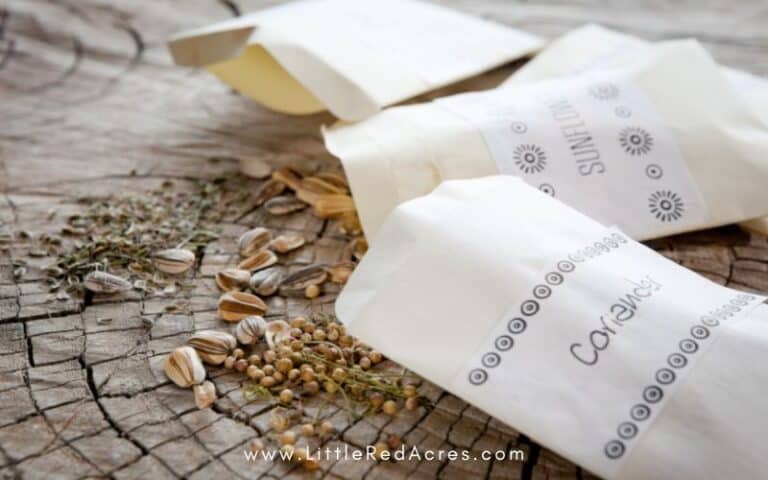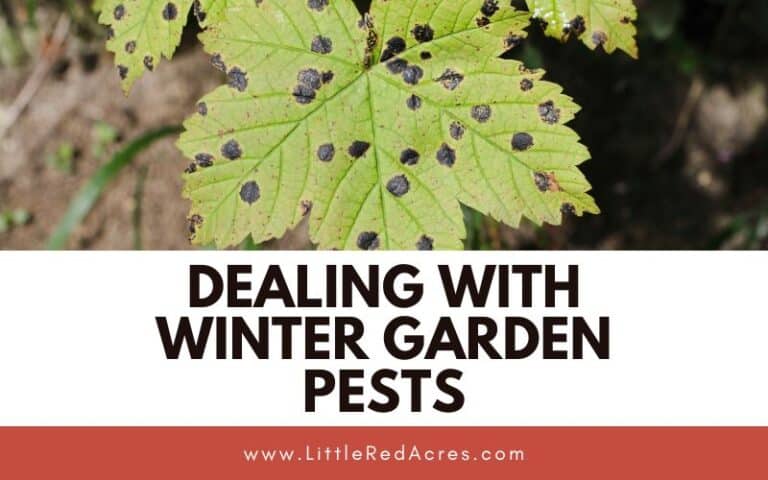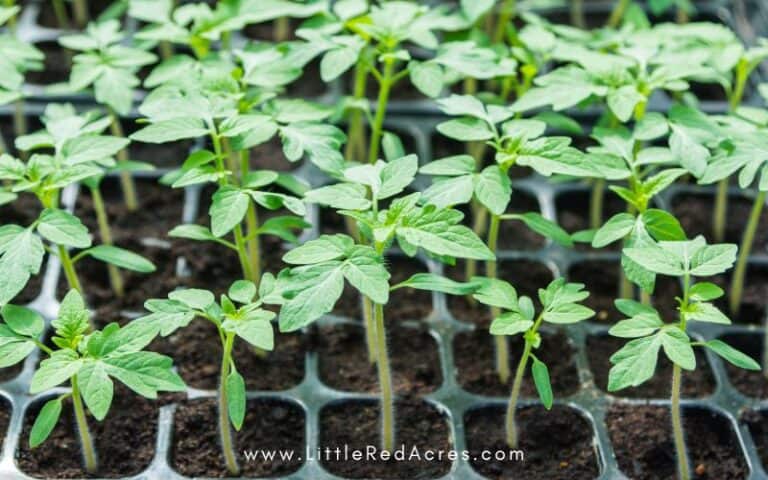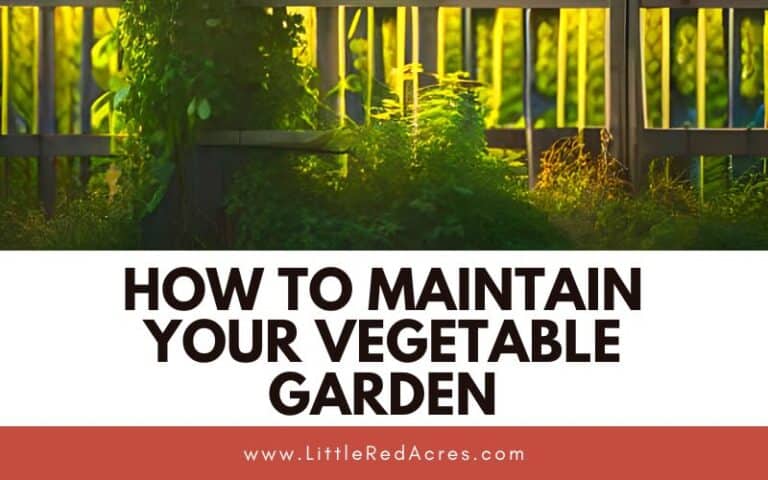Ultimate Guide to Starting Seeds Indoors
Inside: This ultimate guide on starting seeds indoors and outdoors, the best seeds to grow, and how to maintain your seedlings for a great harvest.
This ultimate guide on starting seeds indoors and outdoors, the best seeds to grow, how to maintain your seedlings, and how to transplant them into the garden. With the right guidance, you will be able to start your garden with ease and reap the benefits of homegrown produce.
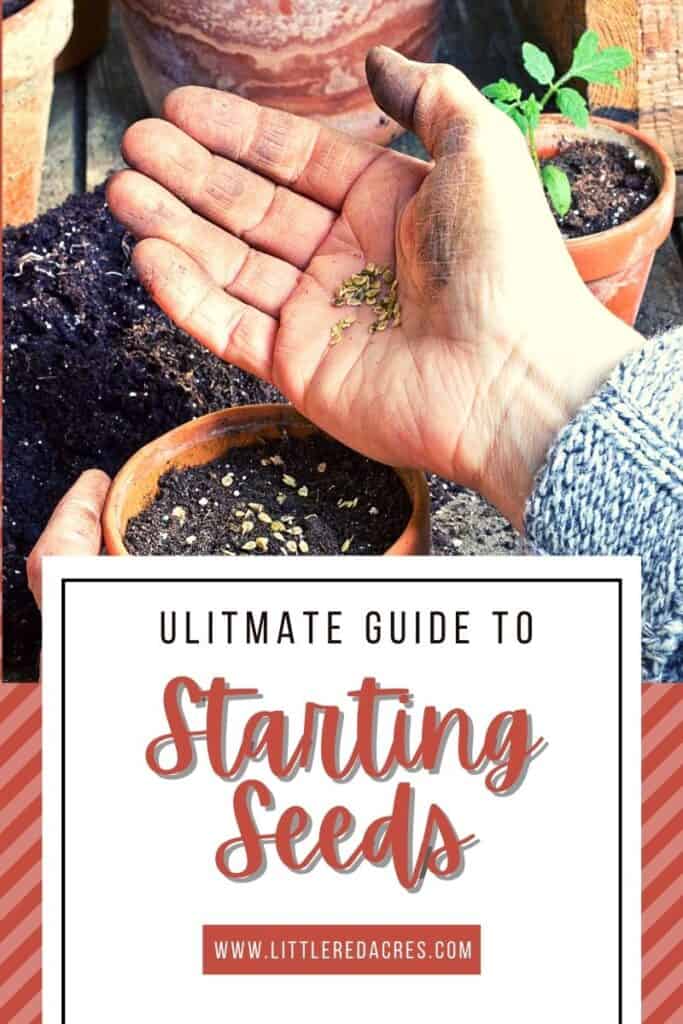
This post may contain affiliate links, see my disclosure policy for more information.
Ultimate Guide to Starting Seeds
From selecting the right seeds to properly caring for them, this guide will provide you with all the steps you need to start your garden the right way.
Starting your garden from seed is a great way to get the most out of your garden each year. You can save money, have a wider variety of plants to choose from, and ensure that you have all of the healthy, organic produce you desire!
And when you save seeds from your garden, you have “free” seeds to plant next year.
Get updates & freebies delivered to your inbox!
Selecting the Appropriate Seed Variety
Seeds are less expensive than purchasing starter plants. It is also an easy and rewarding project in which the whole family can be involved. But…
There are numerous factors to consider such as the environment, season, pest resistance, and yield.
I recently read a comment about if you are buying from a local company your plants are that much more likely to be successful and grow in your climate. It makes sense right? They are climatized.
There are a few things to keep in mind when picking seeds:
- You want to make sure you are picking seeds that will have enough time to grow and be harvestable.
- Plants that aren't too finicky about temperature or care are going to give you the best results.
- Seeds that can be moved/transplanted – cucumbers are picky about being moved after too long.
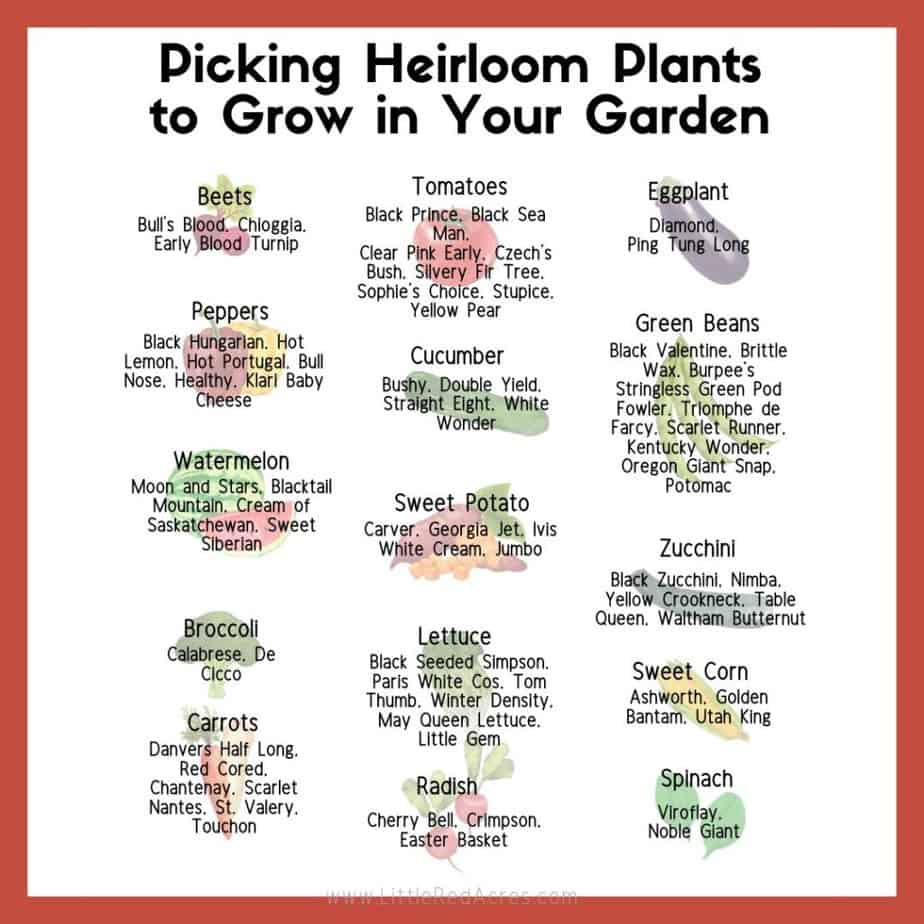
Determining the Optimal Planting Time
Some of our favorite fruits and veggies, including tomatoes, lettuce, peppers, melons, squashes, cabbage, kale, and broccoli, require a longer growing season.
By starting your seeds indoors in late February through April (depending on your climate), you can get your plants off to a good start before the weather warms.
Talk to others who garden around to make sure you know exactly when you should be planting, especially if you are new to the area.
What seeds are directly sowed and which need to be started 6 weeks before the last frost? Make sure you read the seed package to find that information.
Introducing the Garden Planner and Tracker, the ultimate tool for all your gardening needs! With our innovative planner, you can effortlessly design, plan, and manage your dream garden all in one place.
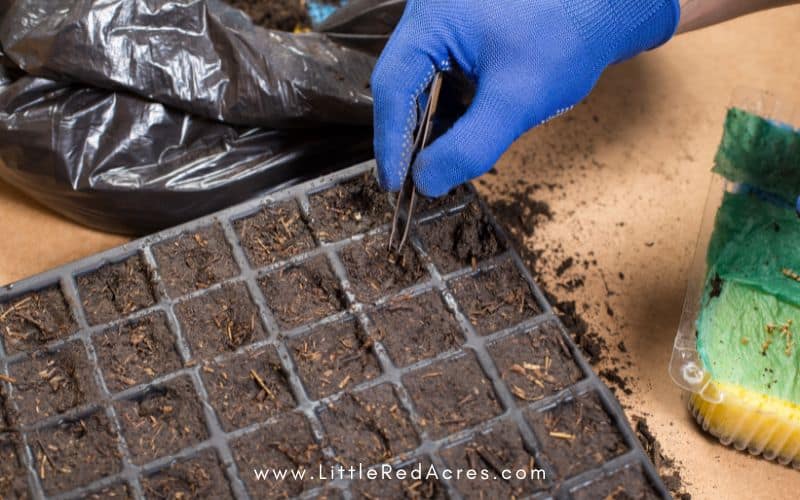
Understanding the Requirements for Germination
Although some seeds can remain viable for up to 10+ years, germination decreases as seeds age. Saved seeds from last year’s garden are an option if you have stored them in a cool, dry, dark location.
Seeds have different needs. Seeds from different companies can have different germination times as well. This is something you want to be careful of when planting. Know exactly when to expect plants to start popping up rather than think you have done something wrong.
Some seeds are coated which also changes how they start growing.
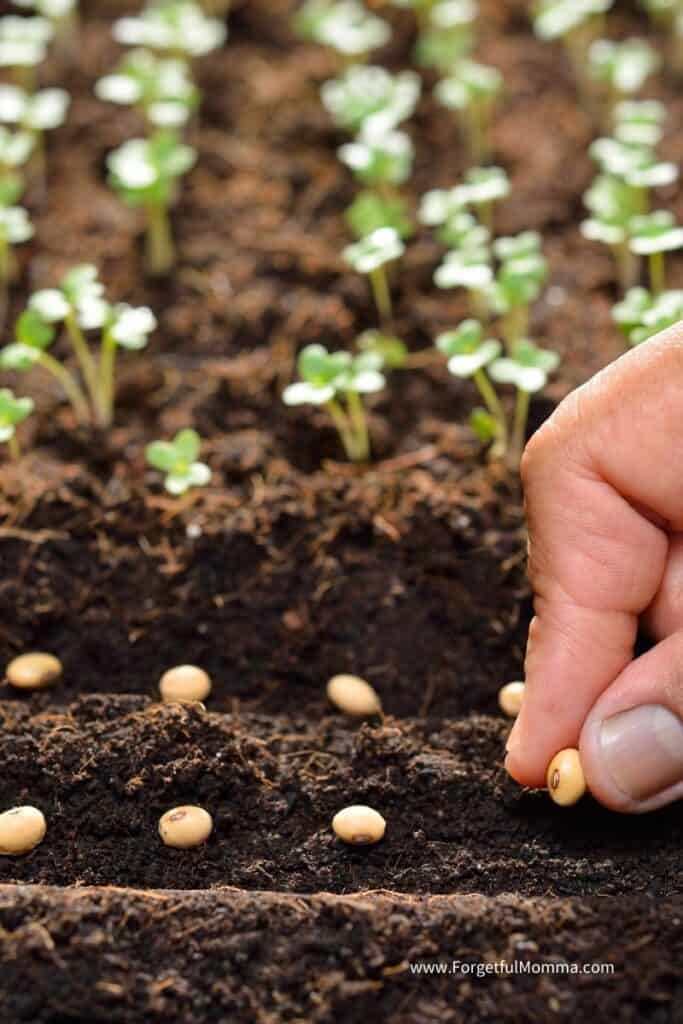
Preparing the Soil for Planting
Resist the temptation to use your garden soil for your indoor seeds. Outdoor soil may introduce disease to your seeds, and it often doesn’t drain as well as a seed-starting mix. Choose a fresh sterile potting mix that is designed for seed starting.
Don't forget fertilizer or compost. Both are important through the growing season, but important for seedlings. You want to have the best soil for healthy roots and stems.
When you are starting your seeds you want the soil to be thoroughly moist. This is why most gardeners mix their soil and water in a bucket or bowl before they fill their seed starter trays. You do not want the soil to be soaked, mud-like.
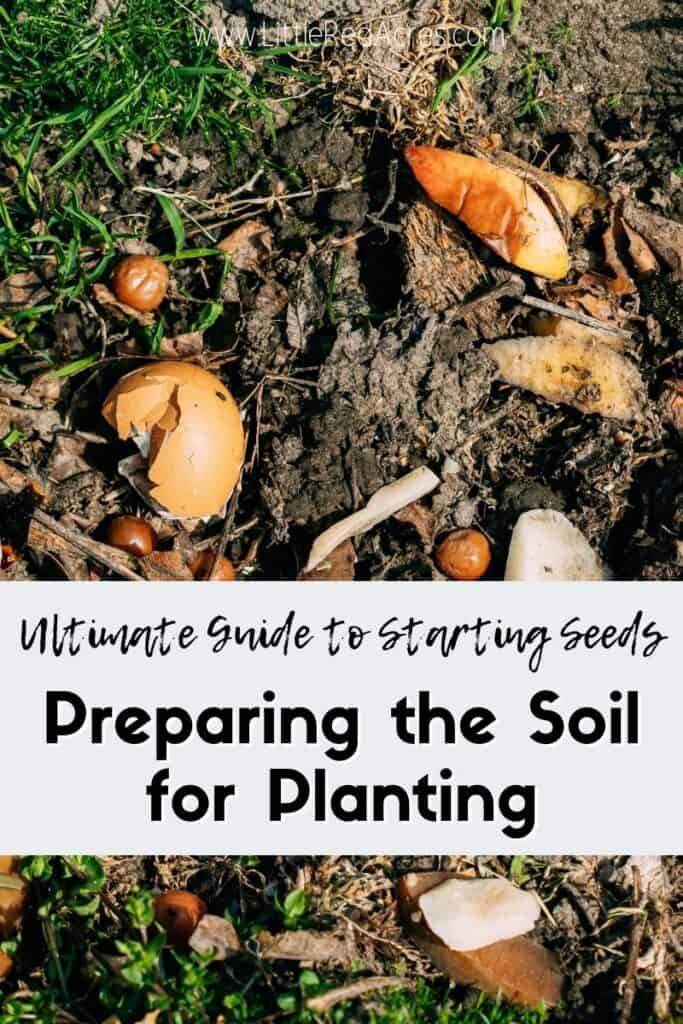
Direct Sowing Seeds
Pumpkin seeds are directly sown into the ground after the last frost.
Beans are another seed that is directly sown into the ground, these are plants that don't do well being moved after they have sprouted. I'd hate for you to get excited about your bean sprouts to have them die later.
Seeds to Start Indoors
Crops that are best started indoors include broccoli, brussels sprouts, cabbage, and tomatoes.
Those with slower root development, like cauliflower, celery, eggplant, and peppers, should also be started indoors.
Tender vegetables like tomatoes, eggplants, and peppers are very susceptible to the cold temperatures of spring, so it’s best to start them indoors and keep them safe from unpredictable weather.
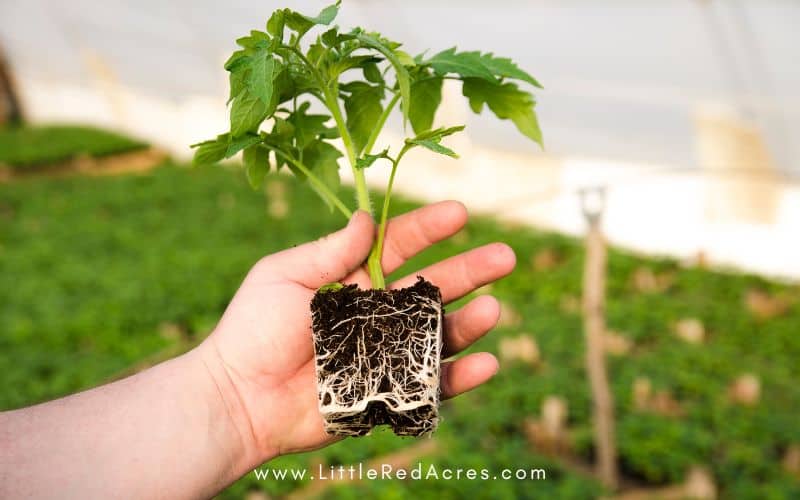
Providing the Correct Amount of Water and Sunlight
This is so important! Without the right amount of sunlight and water, you will not have the garden you could have.
You need to add light. Grow lights aren't expensive either. I have a few sets that I have found on Amazon through their Warehouse Deals for under $20.
You want the light directly over your seeds, and then your plants so to avoid leggy plants, tomato plants are prone to this. You want them to grow with a thick stem and lots of leaves such as in the picture above.

Spring around here means any available, flat surface has a grow light and seed tray on it. I try to get my seeds started in March. I buy the expanding pellets for starting my seeds because it is easy and I need easy sometimes. The $5 for a pack of 36 saves me time and my time is precious sometimes.
Whether you have a green thumb or are just getting started with gardening, this guide has everything you need to ensure a bountiful harvest. Remember to choose the best seeds for your climate and follow proper care techniques for your seedlings. With a little love and patience, you'll soon be enjoying the fruits (or veggies) of your labor.
Frequently Asked Questions
What month is best to start seeds indoors? Mid-March is the best time to start many vegetables and annual flowers indoors for transplanting outside once the threat of frost has passed.
Do I need grow lights to start seeds indoors? The natural light from a window is seldom enough for good, strong seedling growth. They will usually stretch and lean towards the light and will not produce sturdy plants.
What soil to use for starting seeds indoors? Commercial seed-starting mixes, usually composed of vermiculite and peat, without any true soil, are recommended for starting seeds.

Want More?
7 Gardening Mistakes You Could Be Making
When to Start Seeds Indoors for Spring Planting
Transitioning Seedlings Outdoors: A Gardener’s Guide

